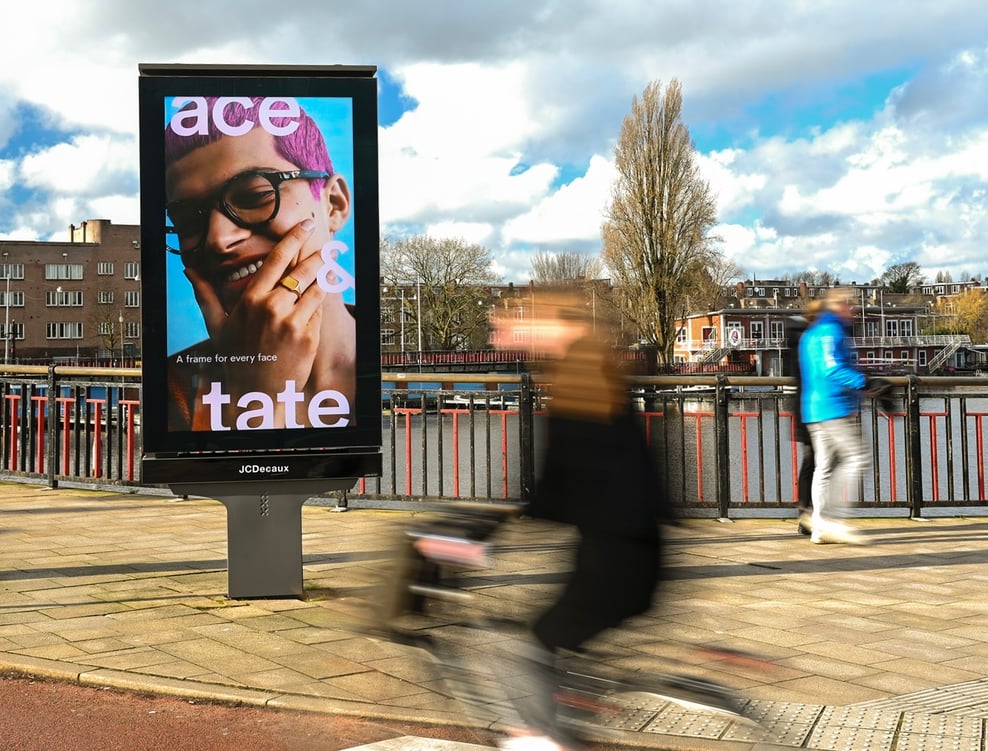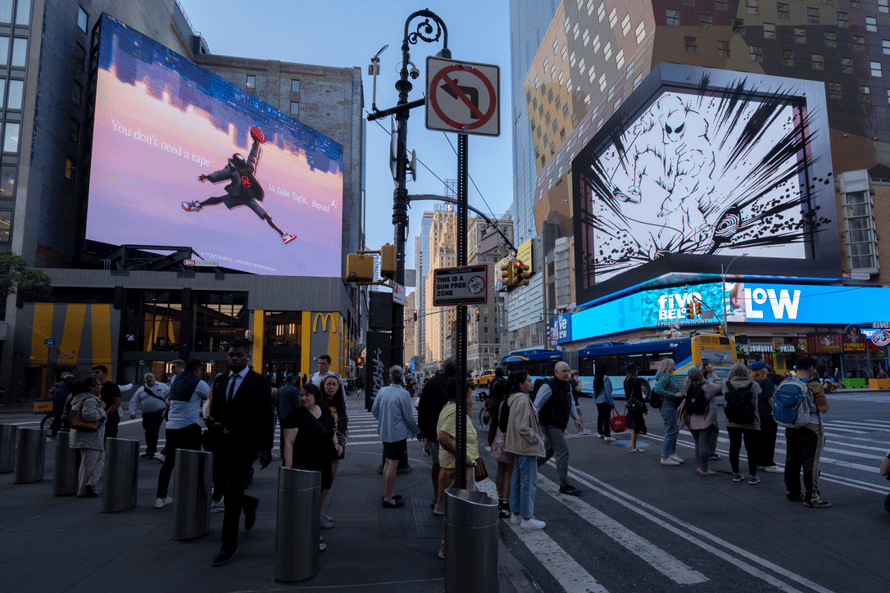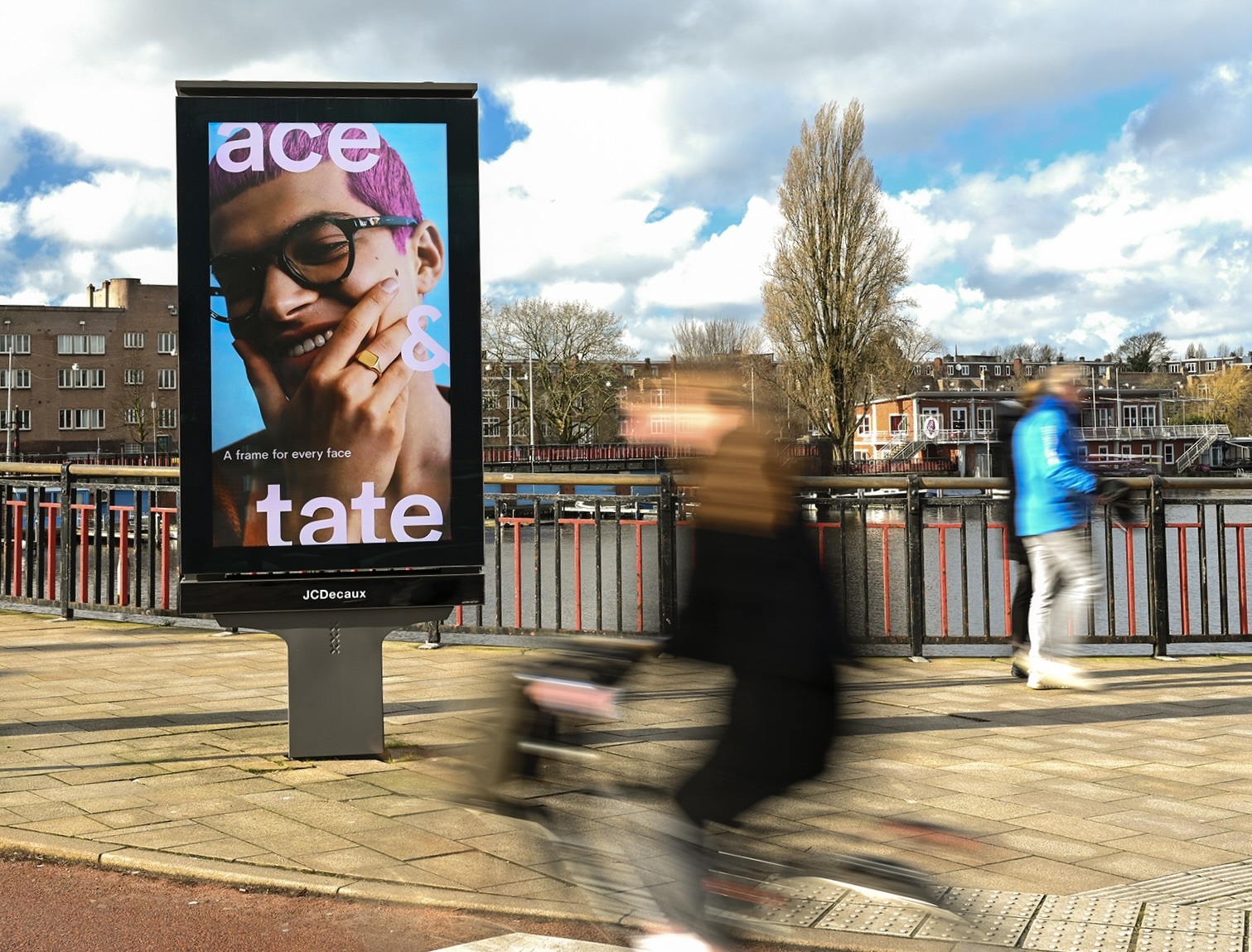Programmatic advertising has long been a staple of online, mobile, and television advertising. But did you know that programmatic advertising can also be used for Digital Out-of-Home (DOOH)?
Programmatic DOOH (pDOOH) allows advertisers to define the audiences they want to reach based on budgets and specific criteria. You can define and activate audience segments as you would for other digital channels to integrate OOH exposures with display or mobile campaigns and support a seamless omnichannel strategy.
How Programmatic DOOH Works
Unlike digital and mobile programmatic advertising, there are limited OOH units, environments, and venues/placements for pDOOH advertisers. Overseas there is a larger supply of digital screens. Digital supply is expected to grow, but only about 20% of inventory in the US is digital. Only some digital screens are programmatic, but all the top Media Owners already use pDOOH.
Tracking and reporting also work differently in pDOOH. In online and mobile ads, one impression is counted when a device displays an ad. Impression multipliers are used in pDOOH and traditional DOOH because multiple people likely see one ad.
Impression multipliers are specific to DOOH. The multiplication index is applied to each play on each screen. This gives advertisers an idea of how many impressions are delivered in a single ad play. Campaign data is actualized based on the number of plays/ads served.

Is pDOOH Right for me?
Should you add pDOOH advertising to your campaign? Here are a few pros and cons to help you make an informed decision:
Pros of Programmatic Digital Out-of-Home Advertising
Like traditional OOH ads, pDOOH ads capture your audience's attention as they move through the physical world. Here are some key advantages:
- Seamlessly integrate DOOH exposures to display and mobile campaigns to deliver a cohesive omnichannel brand experience.
- Streamline the ad buying process by setting the conditions under which you'd buy media. When those conditions are met, placements are purchased automatically.
- Scale quickly (within a few hours) to align budget and audiences so you can achieve maximum reach in a market. This means you can increase your budget and ad new screens to get more impressions quickly for ongoing campaigns
- Increase campaign flexibility with short-term control. pDOOH offers less rigid contract terms, so you can execute short bursts of support that may not align with the broadcast calendar buying schedule. In real-time, you can pause or cancel live campaigns and pivot between audiences, markets, and environments. You can also optimize across environments or markets to focus on areas with the highest target audience concentration.
- Segment the audience more effectively by targeting based on location, heat map, and more. You can customize the message depending on where an ad shows up.
- Leverage dynamic buying capabilities based on contextual conditions (e.g., geography, POIs, demographics, dates, day-parts, traffic, weather, live sports, pollen/flu, etc.) to deliver the most relevant message.
Cons of Programmatic Digital Out-of-Home Advertising
Programmatic isn't the magic bullet for all advertisers, campaigns, or objectives. Here are some challenges you should consider:
- Unlike online ads, there is a finite inventory or environment you can access.
- You can't choose the final unit because you're buying a pool of locations. There's no guarantee where your message will show.
- Though you can see the exact location and number of impressions, when you plan the campaign, the ads are not guaranteed to be placed evenly between all selected areas and screens.
- If you need a specific Share of Voice (SOV) in a particular screen or location, you should consider direct buying rather than pDOOH.
- Though pDOOH provides more flexibility and targeting capabilities, it has a higher CPM than traditional ones, so you will likely pay more for the same number of impressions. pDOOH CPM includes tech fees and commissions of SSPs, DSPs, and other third-party data providers that enable audience targeting.
- Most likely, you won’t be able to get a photo proof report of your ad placements from the suppliers.
When You Should Use Programmatic DOOH vs. DOOH
Here are some example campaign scenarios that can help you know when using pDOOH versus a traditional buy is best.
Use pDOOH When:
- You Want to Get Maximum Reach with a Limited Budget: pDOOH allows you to set up dayparting, so your Ads will be played only on specific hours or a day of a week until they hit a daily spend cap. You can select many more DOOH units and locations using these two settings than you could with a traditional buy. If your business is countryside real estate, you can show your ads on Digital Billboards on the main roads in and out of the city during weekday morning and evening hours. This helps you reach more of your targeted audience.
- You Want to Announce Upcoming Premiere, Event, or New Series: pDOOH makes using different creatives at different times of the day, periods, and environments much more accessible. For example, if you are advertising a TV series or a show, you can schedule specific creatives for morning and evening times. You can show creatives on a particular day. You can use a series of creatives: before the premiere, the premiere night, and after the premiere to attract more attention to the ad.

Use Regular DOOH When:
- You Want the Audience to Navigate to Your Location: If you use OOH to tell your customers where you are located or where they should go, you will need a maximum SOV on a specific screen. pDOOH can’t guarantee you that. It would also likely be more expensive in this instance.
- You want to Increase Brand Awareness using Large Formats, Anamorphic Screens, and Creatives: Usually, large formats such as Wallscapes, Media Walls, and Anamorphic Screens that create a viral effect are not available in programmatic formats.

Considering pDOOH? Let’s Talk.
You can use pDOOH data to target the right audience and automate campaigns to optimize your budget. Still, it has some drawbacks (e.g., lack of transparency and location control) that mean there are better solutions for some campaigns.
Is pDOOH suitable for you? How can you leverage the latest technology to optimize your results? Billups’ media experts are versed in all aspects of OOH. Get in touch to see how we can help. Want to learn more about pDOOH? Get our short guide today!



